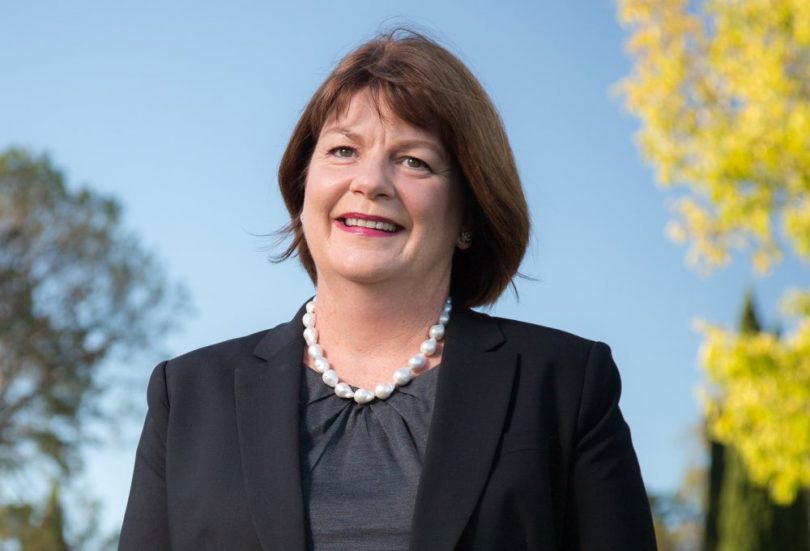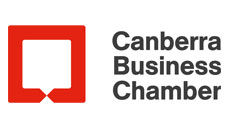
Key Points
- $244.4 million in new expense initiatives; $487.5 million in new infrastructure and capital initiatives; and $106.4 million in new revenue initiatives over four years.
- Net operating balance a deficit of $407.6 million in 2015-16, an increase of $157.8 million from the deficit of $249.8 million previously forecast.
- Budget now expected to return to surplus ($50.3 million) in 2018-19.
- Record expenditure on the infrastructure investment program of $2.8 billion over four years.
The 2015-16 ACT Budget was handed down on 2 June 2015 by the ACT Chief Minister and Treasurer, Mr Andrew Barr MLA.
Total ACT Government expenditure for 2015-16 is $5,148 million, with revenue of $4,609 million. The net underlying operating balance is a deficit of $407.6 million, which is an increase of $157.8 million from the deficit forecast in the 2014-15 Budget Review. The deficit is then forecast to be reduced to $116.1 million in 2016-17, and $51.2 million in 2017-18, before achieving an expected surplus of $50.3 million in 2018-19.
The budget provides for $244.4 million in new expense initiatives over four years, consisting primarily of health, education and municipal services. The budget also contains $487.5 million in new infrastructure and capital initiatives over four years, consisting primarily of the Capital Metro light rail program, an Urban Renewal Program, and health and education infrastructure.
These expenditures are offset in part by $106.4 million in new revenue initiatives over four years, the largest components of which are $62.5 million from an increase in the Fire and Emergency Services Levy, $18.5 million from Land Tax changes, $15.5 million from motor vehicle registration increases, and a $9.9 million rise in the Road Rescue Fee.
The economic context in which the ACT Budget has been handed down includes:
- The global economy has improved, with better than expected growth in the advanced economies, and further improvements forecast into 2016. The United States, Europe and Japan have all strengthened, while growth in China has eased as the government pursues a slightly lower GDP growth target.
- The Australian economy grew at below-trend pace as commodity prices and resource-related investments continue to decline. However, the outlook is positive, with real GDP growth forecast to rise to 2.75% in 2015-16, and to 3.25% in 2016-17.
- The ACT economy is expected to improve, with Gross State Product forecast to rise from 0.7% to 1.25% in 2014-15, and 1.5% in 2015-16, employment growth is set to return to positive territory, up from -0.2% to 0.75% by 2015-16, while population growth will remain around 1.25% through to 2016.
- Cuts in the Federal Budget 2014-15 have already had a substantial negative impact on the ACT economy. The Federal Budget 2015-16 did not contain any major cuts, but the additional $370 million net cost of the Asbestos Eradication Scheme, a $137 million reduction in the ACT’s GST allocation in 2015-16, and changes to Commonwealth health funding have put a significant strain on the ACT’s finances.
Budget Highlights
Budget initiatives impacting on businesses in the ACT include:
The budget continues the Tax Reform process which began in 2012-13:
- The Payroll Tax threshold will be raised from $1.85 million to $2 million by 2016-17.
- Duty on general insurance will drop from 4% to 2%, and duty on life insurance will drop from 2% to 1% from 1 July 2015. Insurance taxes will be fully abolished by 1 July 2016.
- Conveyance duty on all properties will be further reduced for 2015-16, with the amount of the reduction varying by property value.
- General rates will rise by an average of 9% in 2015-16.
- Motor vehicle registration fees will increase by 5% per year from 2015-16 to 2018-19.
- The Road Rescue Fee will increase by $8.50 to $25.00 from 1 July 2015.
- The Fire and Emergency Services Levy will increase from $130 to $196 in 2015-16.
- Parking fees will increase by 6% per year as of 1 July 2015, and after-hours paid parking will be introduced in civic.
- $4.7 million for Access Canberra one-stop shop for dealing with government.
- $1.4 million for the second phase of Brand Canberra to promote the city.
- $1.77 million for the CBR Trade and Investment Development Fund to support investment attraction.
- $4.23 million for the CBR Innovation Fund to increase business innovation.
- $5.4 million to refurbish the National Convention Centre.
- $2 million for a Special Event Fund to boost tourism.
- $500,000 to establish new cooperative marketing partnerships in the tourism industry.
- $1.6 million for an Airline Stimulus Fund to attract additional air services.
- $8 million retained to bring the Australia Forum project up to procurement ready status.
- $159.2 million to replace 352 public housing properties.
- $160 million for schools.
- $14.2 million for redevelopment of the ACT Supreme and Magistrates courts. (Full budget allocation not provided for publication).
- $10.1 million to commence the City to the Lake project.
- University of Canberra Public Hospital announced. (Full budget allocation not provided for publication).
- $375 million committed to the Capital Metro light rail project once construction is complete.
- $24.6 million to duplicate Ashley Drive.
- $31.2 million to duplicate Gundaroo Drive.
- $17.1 million to duplicate Horse Park Drive.
- $14 million to improve Gungahlin Town Centre roads.
The 2015-16 ACT Budget has the dubious distinction of sporting the highest deficit on record – a whopping $407.6 million. However, it’s worth recognising the extenuating circumstances which have led to this result. Having withstood the impacts of a tough Federal Budget last year, the ACT Government has again been hit with circumstances outside its control in the form of a $137 million reduction in the Territory’s GST allocation, a net cost of $370 million to deal with the Mr Fluffy fallout, and changes to Commonwealth health funding.
The Chamber supports an expansionary budget, as long as it has a focus on productive expenditure. The $11.75 million Confident and Business Readypackage in the budget is one such example, providing critical support to innovative local businesses. Commencing the City to the Lake transformational project is another example, a small step towards better utilisation of Canberra’s CBD.
But expansionary expenditure needs to be carefully planned, with regard to the broader context in which any successful strategy must be developed. As such, the Confident and Business Ready package must be complemented with initiatives to support the bulk of the business community which lies outside the innovation sector. Similarly, the City to the Lake project will only work once funding for the lowering of Parkes Way is secured.
The Chamber views the modest upgrade to the National Convention Centre as necessary, while planning for the much-needed Australia Forum continues, and should not be seen as a measure to slow this process. Additionally, we are pleased to see support for expanding the visitor economy through the Airline Stimulus Fund to attract international and low-cost carriers, and a continuation of the Special Events Fund. These initiatives will bolster Brand Canberra, and in turn boost the local economy.
While views are divided on the financial and social merits of the Capital Metro light rail project, it has been a long-standing approach for the Chamber to work constructively with the government of the day. Despite continuing concerns about the ongoing impact of this project on the financial position of the ACT, the Chamber is willing to work with the government to ensure the project’s outcomes for business are optimal.
Now that the worst of the contraction in Federal expenditure appears to be over, the ACT government must seize the opportunity to genuinely diversify our economy by supporting the broader business community. The current innovation-focused business strategy carries a real risk that some businesses may be marginalised. The Chamber is eager to work with the ACT government and the business community to ensure that the lines of communication are kept open, and that all businesses are given the chance to contribute to our growing economy.
Robyn Hendry, CEO
Canberra Business Chamber
www.canberrabusiness.com

